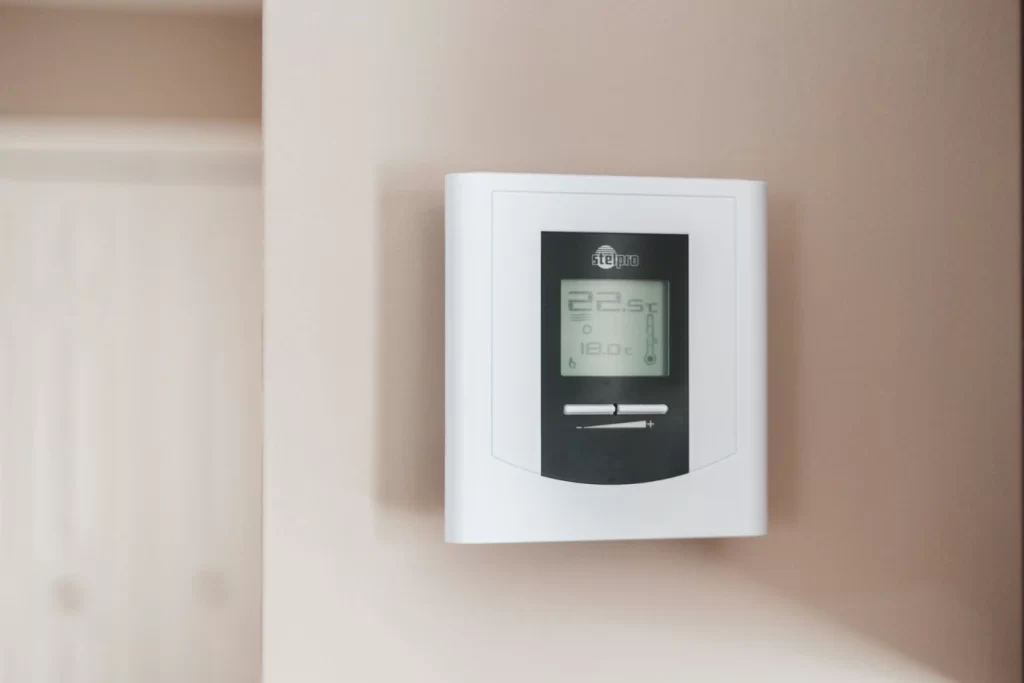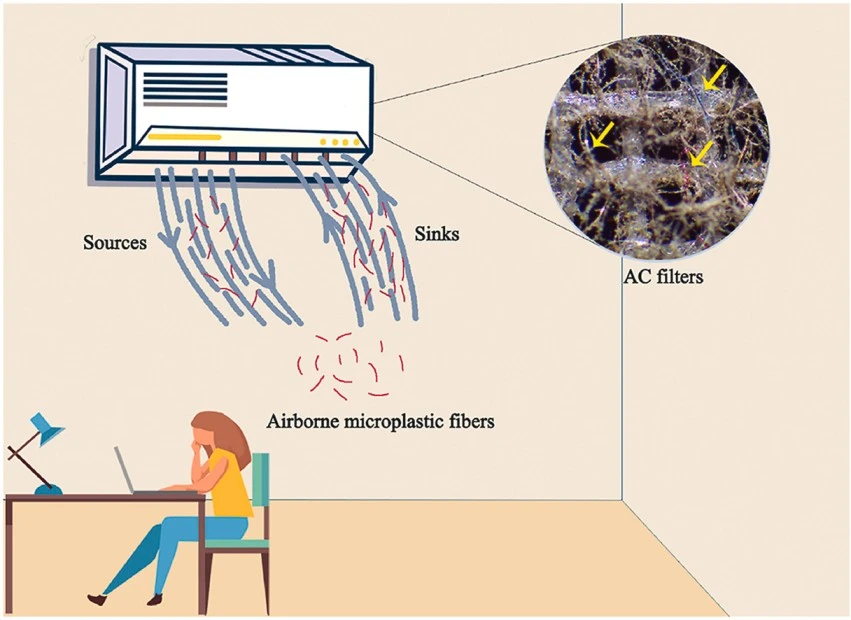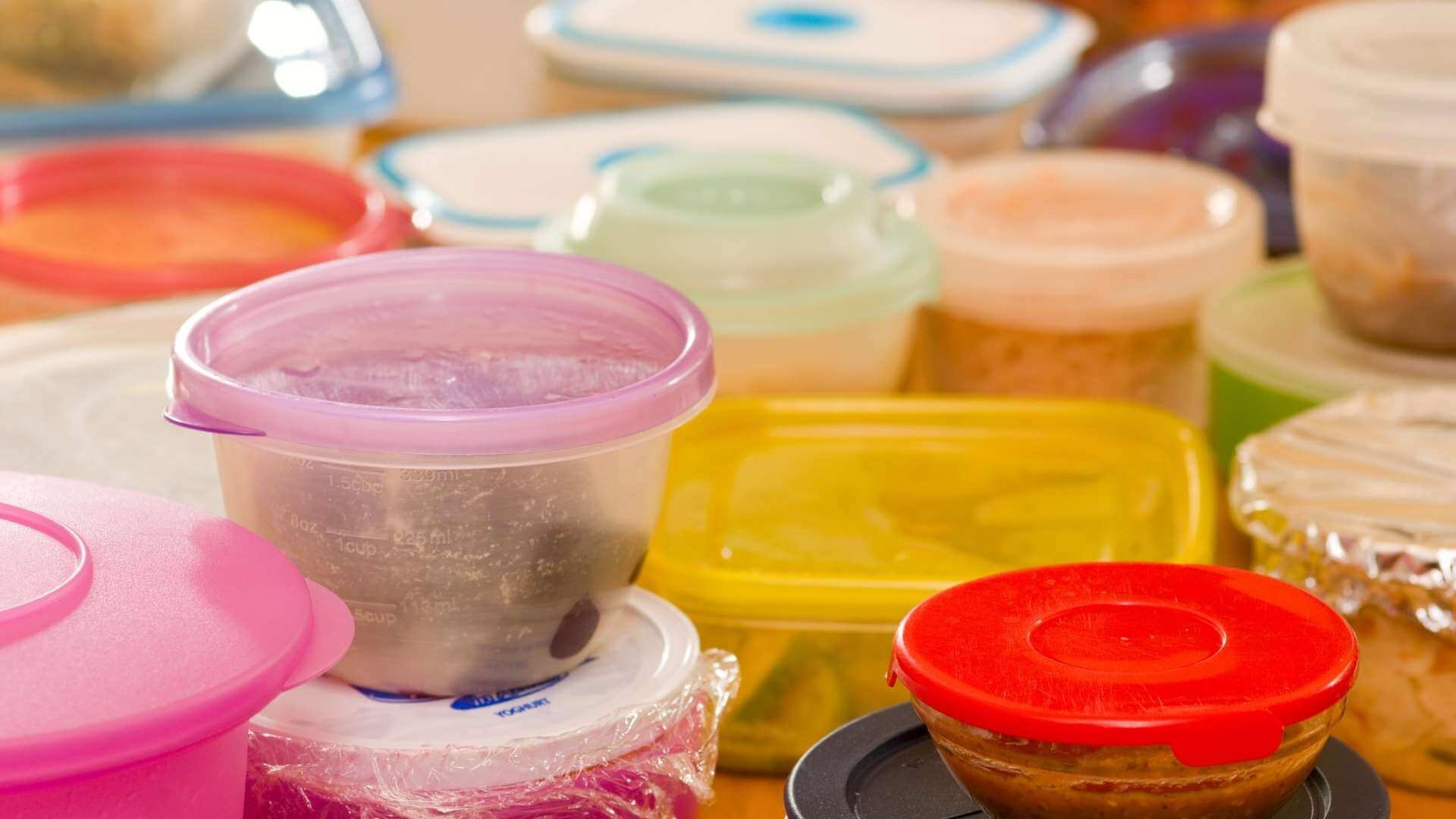Home Comfort Systems aka HVAC: The Importance Of Air Purification

If we look through the ages, sustainability & eco-friendly patterns were once dismissed as old wives’ tales – something to worry about in the distant future. However, living in the modern era, environmental and health consciousness are becoming more of a necessity than a luxury, compelling us to adopt sustainability practices.
Living healthy lives to contribute to a healthier planet has no longer become a “for future generations” slogan, but rather living in the here and now.
Of course, as a new homeowner, there are additional benefits to adopting a green lifestyle. With the ever-increasing cost of living, inflation, and no sign of reprieval – it makes sense why you’re hoping to find solutions to reduce your carbon footprint, and your monthly bills.
Throughout this article, we’ll dive into how you can transform your house into an eco-haven—where you can enjoy your used home comfort and your health without feeling the ever-increasing burden on your paycheck.
HVAC Basics: What Is An HVAC System?
If you’re hoping to invest in an affordable, green home comfort system that can keep your home toasty throughout the seasons, HVAC is undoubtedly the way to go. It stands for Heating, Ventilation, and Air Conditioning and represents the use of various technologies to control the temperature, humidity, and purity of the air in an enclosed space.
The system is designed to manage indoor climate control through a professional air conditioner system (AC), heating and cooling, while improving air circulation and air filtration throughout your home, therefore improving your health. The installation should be completed by a qualified technician and it is paramount to choose products and services of quality from a reputable HVAC company, to guarantee your satisfaction long-term.
The Three Primary Pillars of an HVAC Service
1) Ventilation / Purification
HVAC systems have built-in features to reduce the airborne toxins in your home. This extends to removing moisture, heat, odors, smoke, dust, airborne bacteria, carbon dioxide, etc. This is achieved through ventilation and air exchange to replenish the oxygen circulating throughout your home.
2) Heating
The heating component is usually thanks to a furnace or heat pump responsible for heating the air or water to increase the overall temperatures indoors.
3) Cooling
The air conditioning unit has a cooling cycle designed to remove the heat from the interior of the building by transferring it outside.
When it comes to home comfort, there are many options for a typical homeowner—including but not limited to mini-split systems, geothermal heat pumps, radiant heating, solar heating, and more.
Whether for predominantly heating or cooling, the large percentage of homes in America reportedly have HVAC systems, so the choice of home comfort depends on your location, preference & budget.
Three Types Ventilation and Why Natural Ventilation is Important
One may assume that ventilation in your home exists just to entice your neighbors with the aromas of that delicious meal you’re cooking.
The truth is…
Proper ventilation impacts more than one would think, from reducing pollutants in your home to health benefits and balanced airflow to promote natural temperature control. Below, I’ve listed out popular choices for ventilation:
1) Natural Ventilation
If you’re attempting to work on your footprint solutions game plan and achieve a ‘net-zero’ home status, this is likely the best option for your home. Natural ventilation involves using windows, doors, and other openings to allow air to flow throughout the building naturally. It’s simple and great for the environment as no energy is required… besides to open windows & doors!
2) Mechanical Ventilation
Unlike natural ventilation, mechanical ventilation generally comes paired with your HVAC systems. These systems have integrated filters to control airflow into the building while filtering the air.
When considering your ventilation system, it’s essential to ensure it balances airflow. In other words, as much air is coming in as is being expelled.
There are also filters called HEPA Filters (HEPA stands for High-Efficiency Particulate Air), which aid in trapping microplastics and finer particulates from entering your home. Improving the overall indoor air quality.
3) Hybrid or Mixed-mode Ventilation
Hybrid (mixed-mode) ventilation uses mechanical ventilation when the natural ventilation flow rate is too low. When natural ventilation alone is not suitable, exhaust fans can be installed to increase ventilation rates in rooms housing patients with airborne infection. However, these exhaust fans should be installed with adequate pre-testing and planning where room air can be exhausted directly to the outdoor environment through either a wall or the roof. The size and number of exhaust fans depends on the targeted ventilation rate, and must be measured and tested before use. The disadvantages of such systems are noise, and the requirement of a non-stop electricity supply.
While it may not seem like much, just these three elements can dramatically impact your ecological impact, as well as your health. In terms of carbon footprint solutions, while it may not be the end-game, this is a great starting point to focus on as new homeowners.
Related: The Pros and Cons of Water Filters: What to Consider for an Eco-friendly Lifestyle?
The Importance Of Breathing In Clean Air: Air Purification 101
HVAC systems are designed to improve the overall air quality inside your home. By removing and filtering toxins from the air, you can be sure you breathe clean oxygen. This is particularly beneficial for those with respiratory problems or who struggle with allergens. This is done as a two-step process.
1) Air Filtration
Like for water filtration systems, the quality of filters play a paramount role in air filtration. How efficient your new HVAC unit is at this process step depends entirely on its MERV (Minimum Efficiency Reporting Value) rating and HEPA (High-Efficiency Particulate Air) filters.
2) Air Purification
Once the unit has secured these micro-organisms & toxins in a filter, the next step is eliminating these particulates. This is generally done through UV light purifiers or photocatalytic oxidation systems.
Naturally, just this feature has a definite impact on the health & comfort of your home. Including:
- Reducing respiratory issues through removing dust, pollens & other allergens from the air.
- Neutralizing mold, mildew, bacteria, and viruses prevents potential illnesses.
- Improving sleep by reducing the likelihood of nasal congestion, coughing, and sneezing.
- Supports those with weakened immune systems, such as the elderly or young children.
- Reduces the potential for long-term health issues, including heart disease, chronic respiratory problems, and even reduced life expectancy.
Related: Use a Home Water Purifier or Test the Water?
The Issues with Standard Air Conditioning: Indoor Airborne Microplastics
Indoor airborne microplastics fibers (MPFs) are emerging contaminants of growing concern but until now little is known about their impact in indoor environments. A 2022 study published in the Environmental Pollution Journal found that microplastic fibers were widely detected on filters for indoor split air conditioning systems (ACs) used in living rooms, dormitories, and offices.
Synthetic fibers on AC filters accounted for 28-35% of all fibers and included polyester, rayon and cellophane. These fibers accumulate on AC filters gradually, and were heavily found particularly after regular usage of 35–42 days. The study also determined that PET microplastics can effectively be released from AC filters, and into indoor air, therefore these Air conditioner filters become both sinks and sources of indoor microplastics fibers. Therefore, such filters should be evaluated for their substantial impact on the distribution of indoor airborne microplastic fibers, as well as for their role in the prevalence of the related health risks. Chose a top-rated HEPA filter.

Illustration source: Chen, at all. “Air conditioner filters become sinks and sources of indoor microplastics fibers”, Environmental Pollution, Volume 292, Part B, 1 January 2022, 118465.
Related: Microplastic in Water Bottles – How Dangerous is It?
The Benefits of Investing In A Home Comfort System
Whether you’re a new homeowner or a veteran in the home industry, inflation is currently burning holes through our ever-diminishing wallets, so you may be wondering if it is worth the spend.
The good news?
While they may come with a Porsche-911-looking price tag, investing in a quality home comfort system can impact your quality of life far more than you realize, as we spend a lot of time indoors, particularly in winter, plus there are financing options available to suit every budget.
1) Reducing Your Carbon Footprint While Heating and Cooling Your Home
New model HVAC systems have improved technologies designed to consume less energy, reducing your home’s greenhouse gas emissions and carbon footprint.
However, some newer model HVAC systems are designed to integrate with renewable energy sources, such as solar power, which can help further reduce your environmental impact.
2) Better Quality Of Life for Your Home Comfort Needs
Overall, HVAC units that are well maintained will lead to a healthier, more affordable home environment. The newer efficiency regulations of home comfort systems translate into lower energy bills. They can also increase your total property value if you’re ever looking to resell.
Additionally, HVAC systems are designed to be an all-in-one home comfort solution. That means you can keep your home toasty with various configurations and system types available, catering to your personal needs, including budget and building sizes.
These are just some of the benefits that a home comfort system can provide. Of course, there are other steps that you can take to improve the air quality in your home; we’ve highlighted some of the most important ones below.
Related: 10 Benefits of Drinking Tap Water vs Bottled Water
Conclusion: Your Home Comfort Systems Have A Bigger Impact Than You Think
We’ve all been there. Whether renting or owning a home – the utility bills come knocking, and your account has a mini panic attack.
As a new homeowner, you’re probably wondering how to keep those costs below the outrageous norms. The good news is that there’s not too much to it; even better, implementing the steps below will help reduce your carbon footprint and that unearthly bill at the end of each month.
A New Installation Is ‘Almost’ Always Better
Unless your home is already equipped with a fairly modern unit, the first thing you want to do is research. Find out the age of the pre-existing unit, and if possible, try to ask the previous owner for a maintenance breakdown.
We live in a world thriving with technological advancements. The HVAC industry is no different. Recently, there were new regulations announced to promote reduced impact systems, in compliance with CEER efficiency standards. This comes in the form of a 2023 EnergyStar compliance certificate.
These new units are designed to be more sustainable, with strict metrics measuring energy efficiency, and promote units with reduced greenhouse gas emissions for household appliances.
Consider Investing In A Smart Thermostat / Zoning
If you were tasked to head to the shops and buy a loaf of bread – would you buy all the loaves in stock?
Likely not… unless you’re a bread fanatic, in which case – enjoy!
The same principle applies to the temperature control in your home. If you’re planning to spend the day relaxing on the couch, binging your favourite Netflix shows – having your HVAC system cooling down the basement seems a little wasteful, right?
That’s where zoning control & smart thermostats come into the picture. Below I’ve listed out just a few of the key benefits:
- Optimized energy consumption. Ensuring heating & cooling is not wasted on unused rooms on the premises.
- You can pre-set filters to ensure that your home adjusts to your preferences while avoiding waste on over-cooling or over-heating to get to your desired temperature.
- Smart thermostats reduce the intensity and frequency of on-off cycles of the HVAC appliance, improving the unit’s lifespan and decreasing wear and tear.
Regularly Maintain Your Comfort System
If you are trying to reduce your carbon footprint and bills to boot – maintenance is key. Here’s a checklist to help you figure out where to start.
An adequately looked after unit not only improves the overall lifespan of the unit and promotes the circular economy, but it can drastically reduce overhead for running the appliance. This is thanks to it running efficiently, reducing the energy consumption needed to keep your home at that crispy temperature you love so much.


